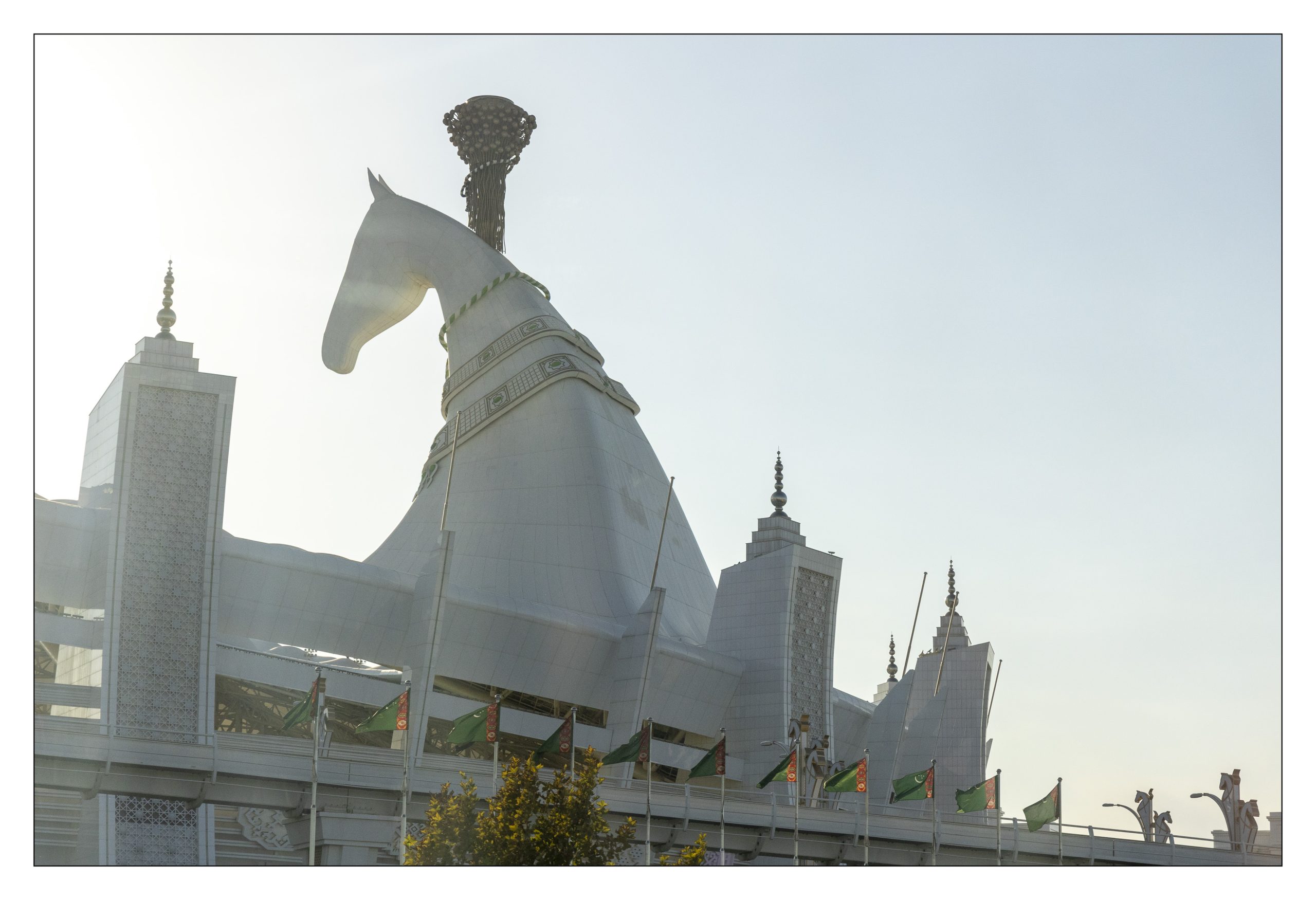
Dear Reader (2024-04-13),
I was worried that you as the reader might be thinking that there are too many images in these posts, and that you might be getting tired of this series. I asked a couple of people for their comments and was told not to worry. Keith mentioned that as he was pretty sure that he would never make it to The Stans he was enjoying the volume of images, and the sense of place. So, let us continue with a trio of posts touring the capital of Turkmenistan, Ashgabat. First though some background may be illuminating even if it is not particularly helpful.
Ashgabat Earthquake
Just outside of Ashgabat on October 6, 1948 there was an earthquake which had a surface wave magnitude of 7.3 and a maximum Mercalli intensity of X (Extreme). Due to censorship by the Soviet government, the event was not widely reported in the USSR’s media. Historians tend to agree that the ban on reporting the extent of the casualties and damage did not allow the Soviet government to allocate enough financial resources to respond adequately. It was the strongest earthquake recorded in Turkmenistan. [1]
Wikipedia says that the number of deaths was up to 110,000. Our Turkmen guide says the actual number was over 170,000. Most of Ashgabat was turned to rubble, or buildings were too unstable and were then turned to rubble.
Until writing this post I had never heard of the Mercalli scale. “The Mercalli and Richter scales are both used when measuring the impacts of seismic activity. However, while the Richter scale measures the magnitude of the earthquake (meaning the force of the earthquake), the Mercalli scale measures the physical impact of the earthquake within a given location. [2]
Marble clad Buildings
Ashgabat holds the world record for the highest concentration of white marble-clad buildings. In 2013 there were 543 in an area of 4.5m square meters. [3]
White Cars
By presidential order, all cars in Ashgabat must be white or at least a very light colour.
Natural Gas Exporter
Turkmenistan is the world’s fourth largest exporter of natural gas [4], and most of that goes to China.
Independence Day
Independence Day of Turkmenistan is celebrated annually on September 27. We were in Ashgabat for Independence Day, 2023. Three of us went for walk that day. We walked along wide pedestrian boulevards and well treed parks. They were all nearly empty.
Horses and Carpets
Turkmen are very seriously about horses and carpets. In case of the latter, the five carpet making regions of the country are represented on the national flag. While in Ashgabat we had a fascinating visit to the national carpet museum, where we had a very informative guide. Up to now I have spared you the photographic record of our museum visits. Today’s post is the exception. So, for my fabric loving friends, here are some amazing carpets. If carpets are not your bag, then you and I can return to walkin-about in the next post. PS The carpets are very soft.
Footnotes
[1] – Quoted and adapted from https://en.wikipedia.org/wiki/1948_Ashgabat_earthquake
[2] – Quoted from https://www.mytutor.co.uk/answers/58139/GCSE/Geography/What-is-the-difference-between-the-Mercalli-and-Richter-scale/
[3] – Quoted and adapted from https://www.wired.com/story/world-records-city-ashgabat-turkmenistan/
[4] – Quoted and adapted from https://tradingeconomics.com/turkmenistan/exports.
Notes On Photos
~ 5 – A photo of a photo of Turkmen weavers creating a double sided carpet
~ 6 – The worlds largest handwoven carpet; Height 14.0 m; Width – 21.50 m; Total area – 301 square m; 304,000 knots per square m; Weight 1200 kg; Started in February 2001 completed in October 2001
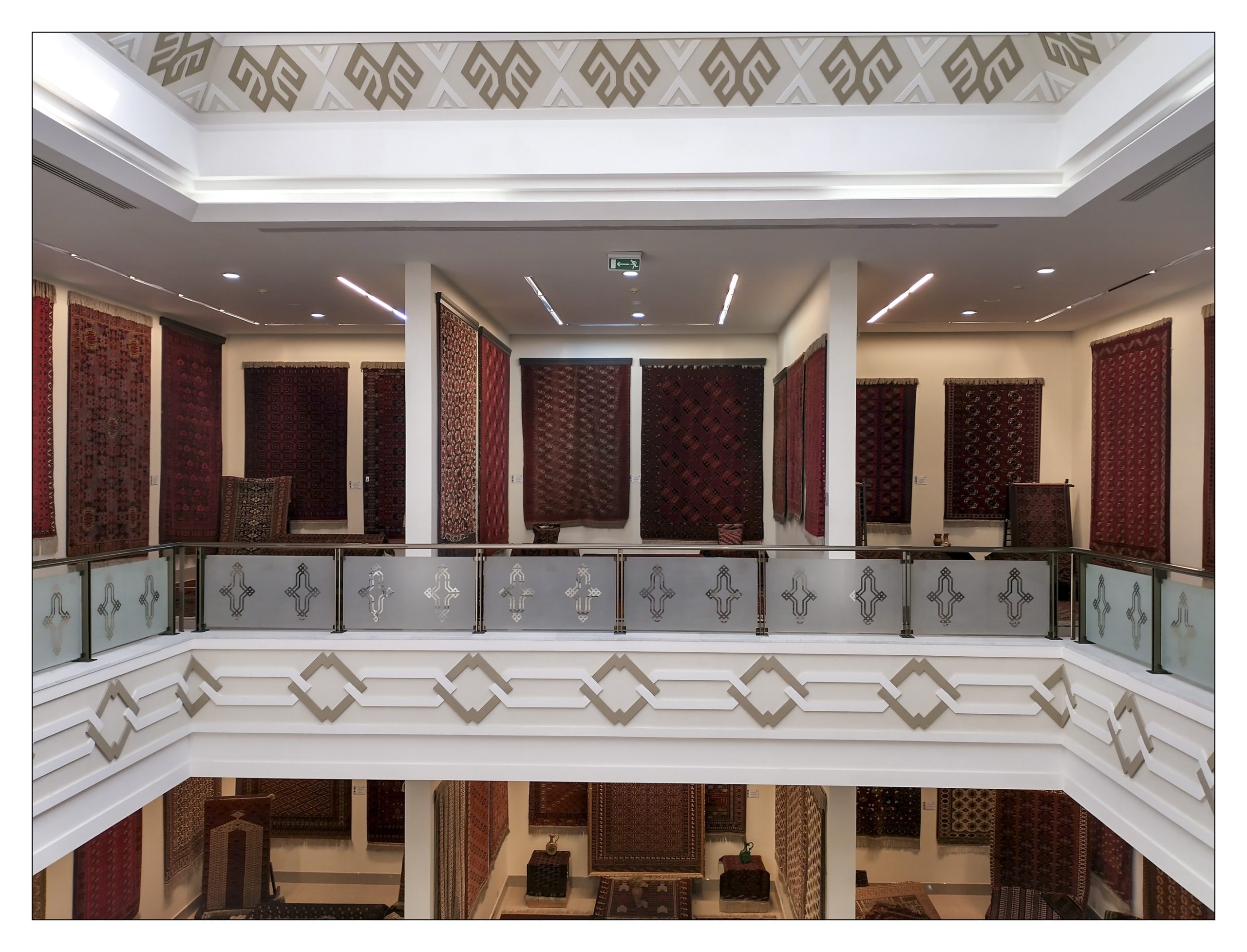
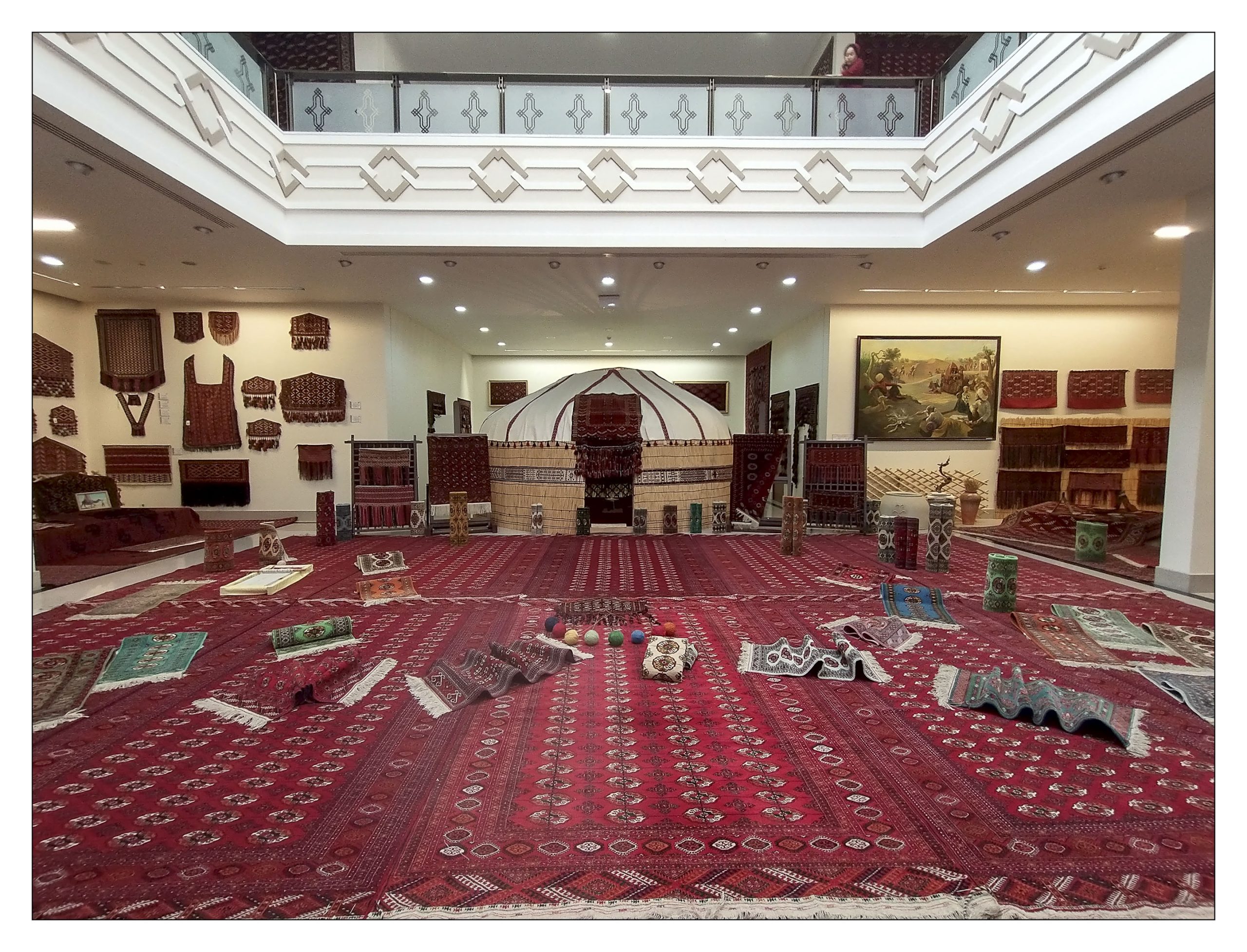
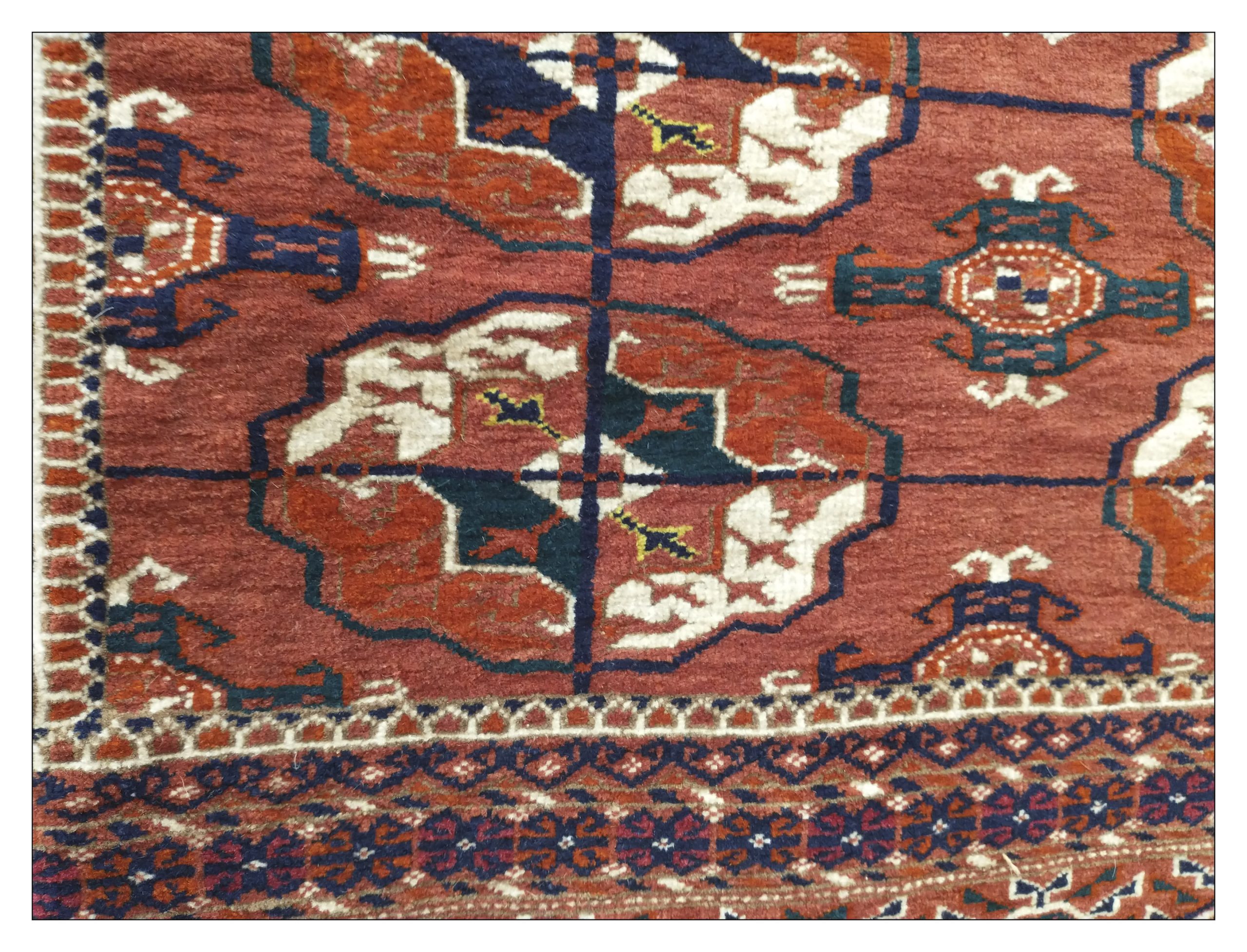
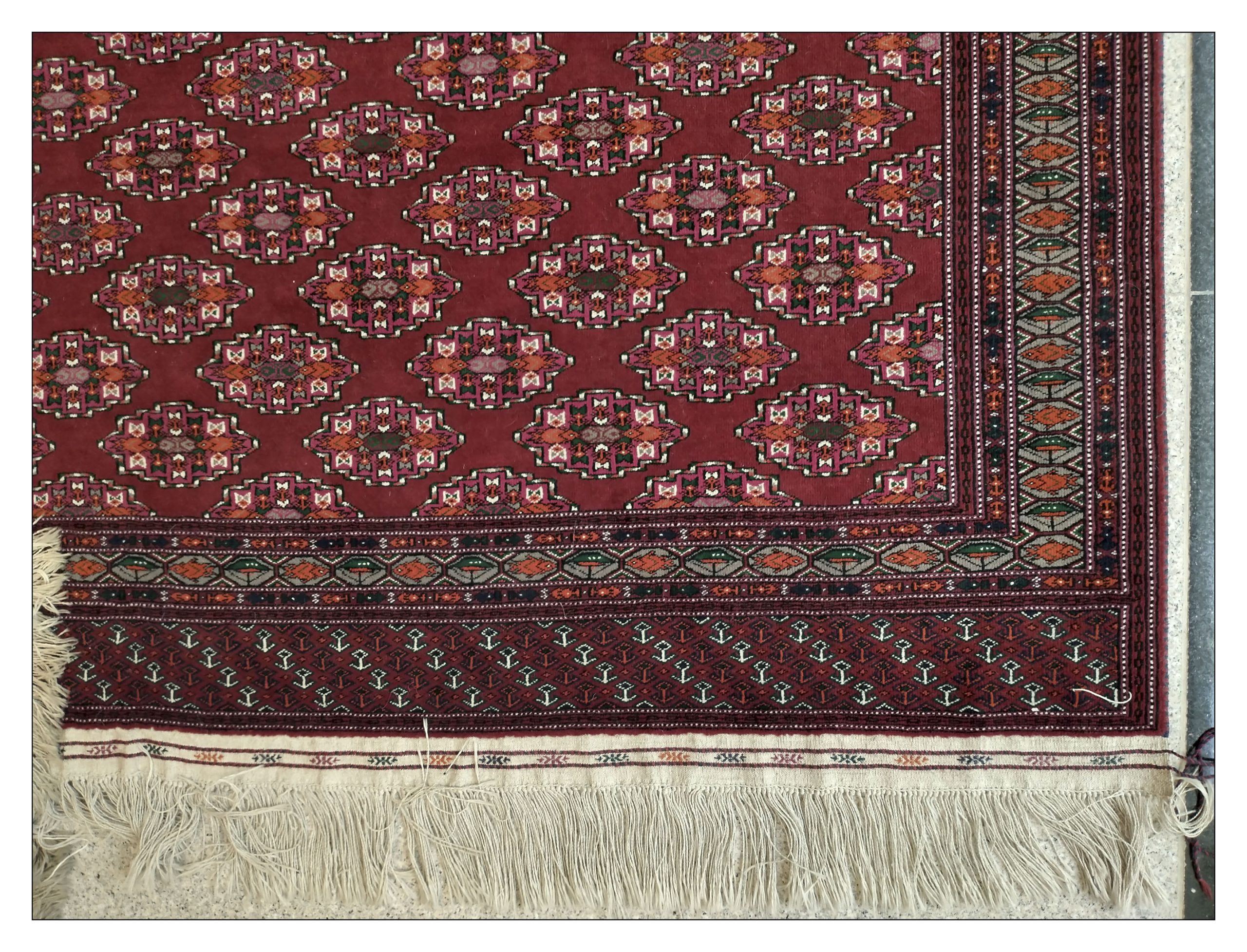
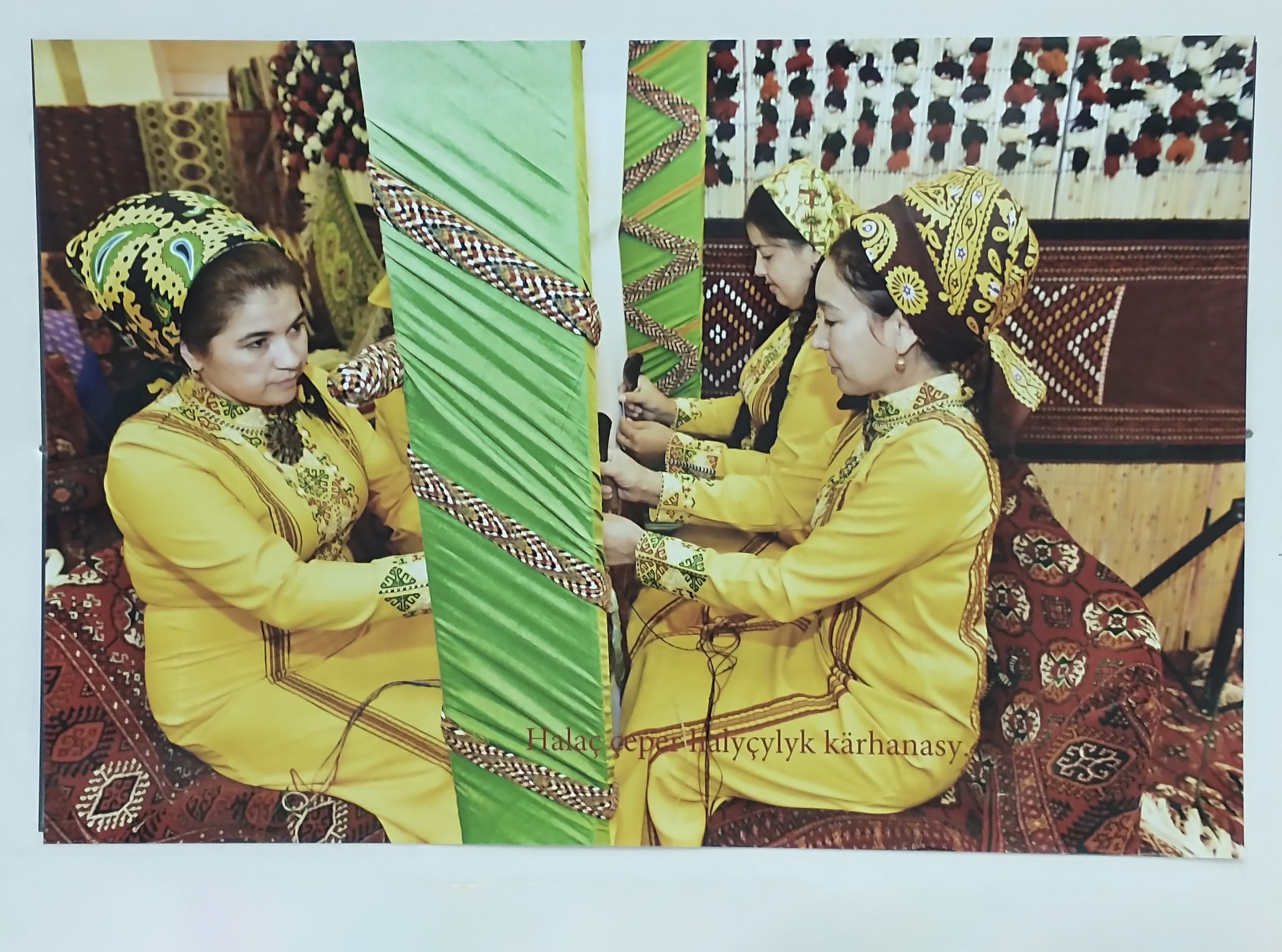
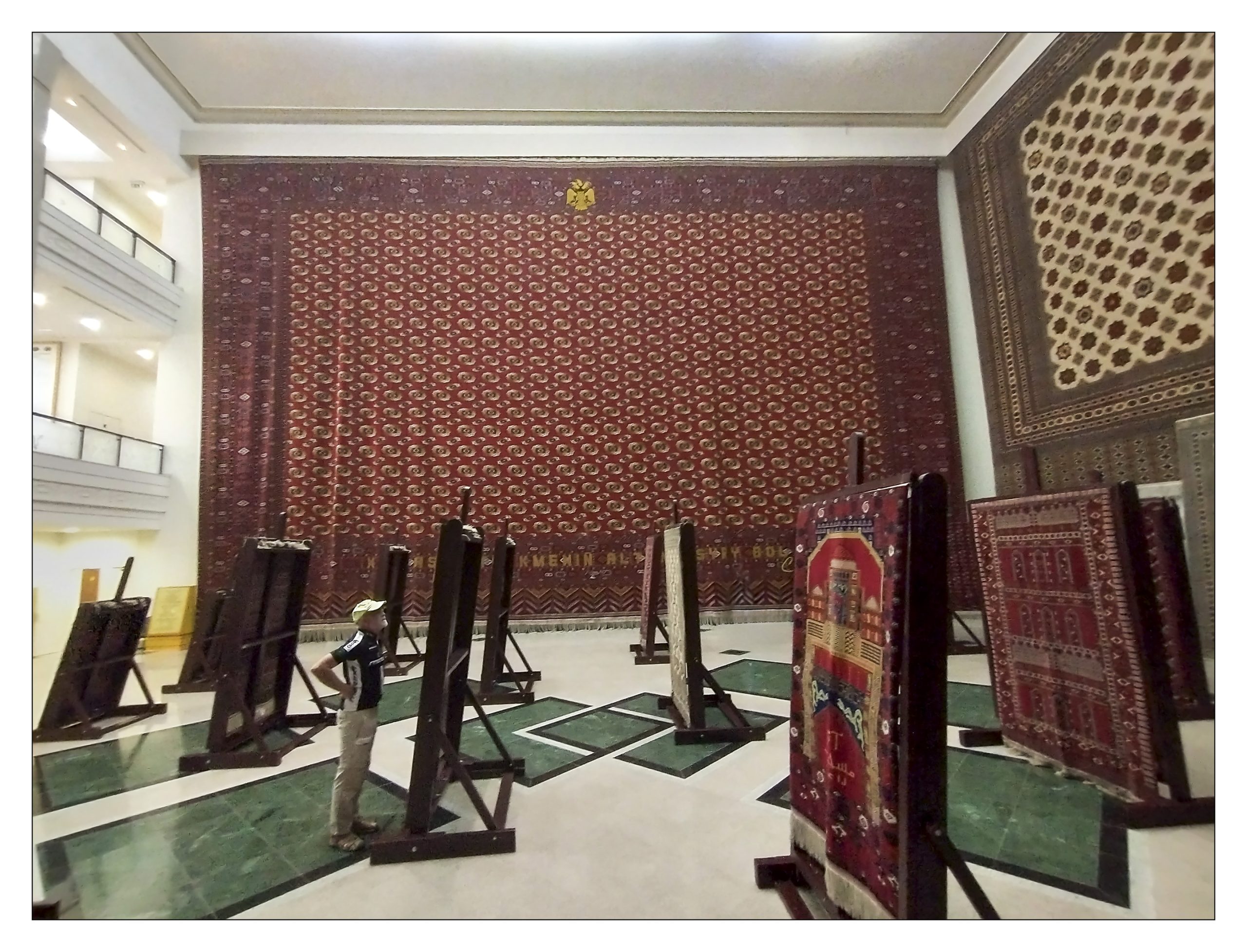
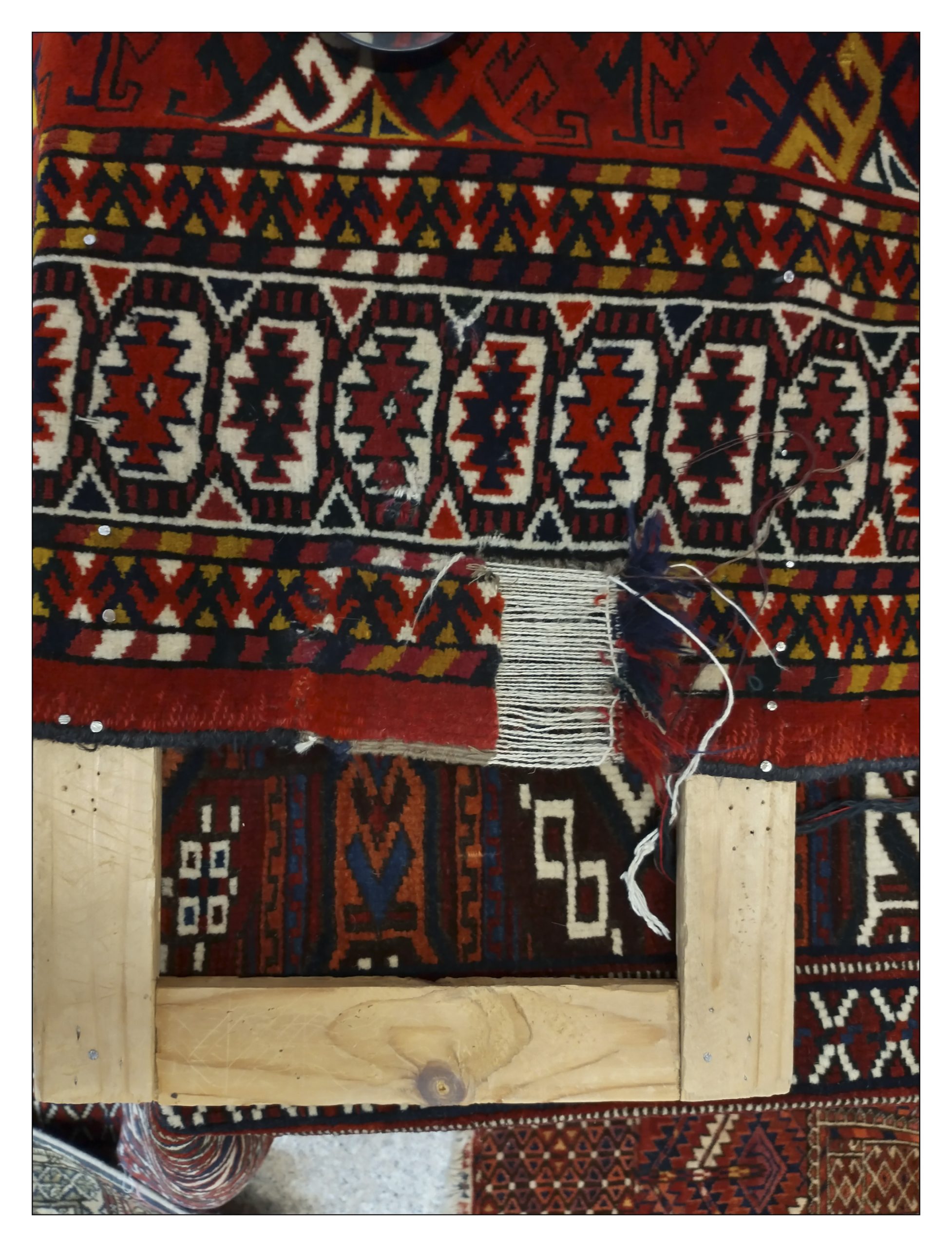
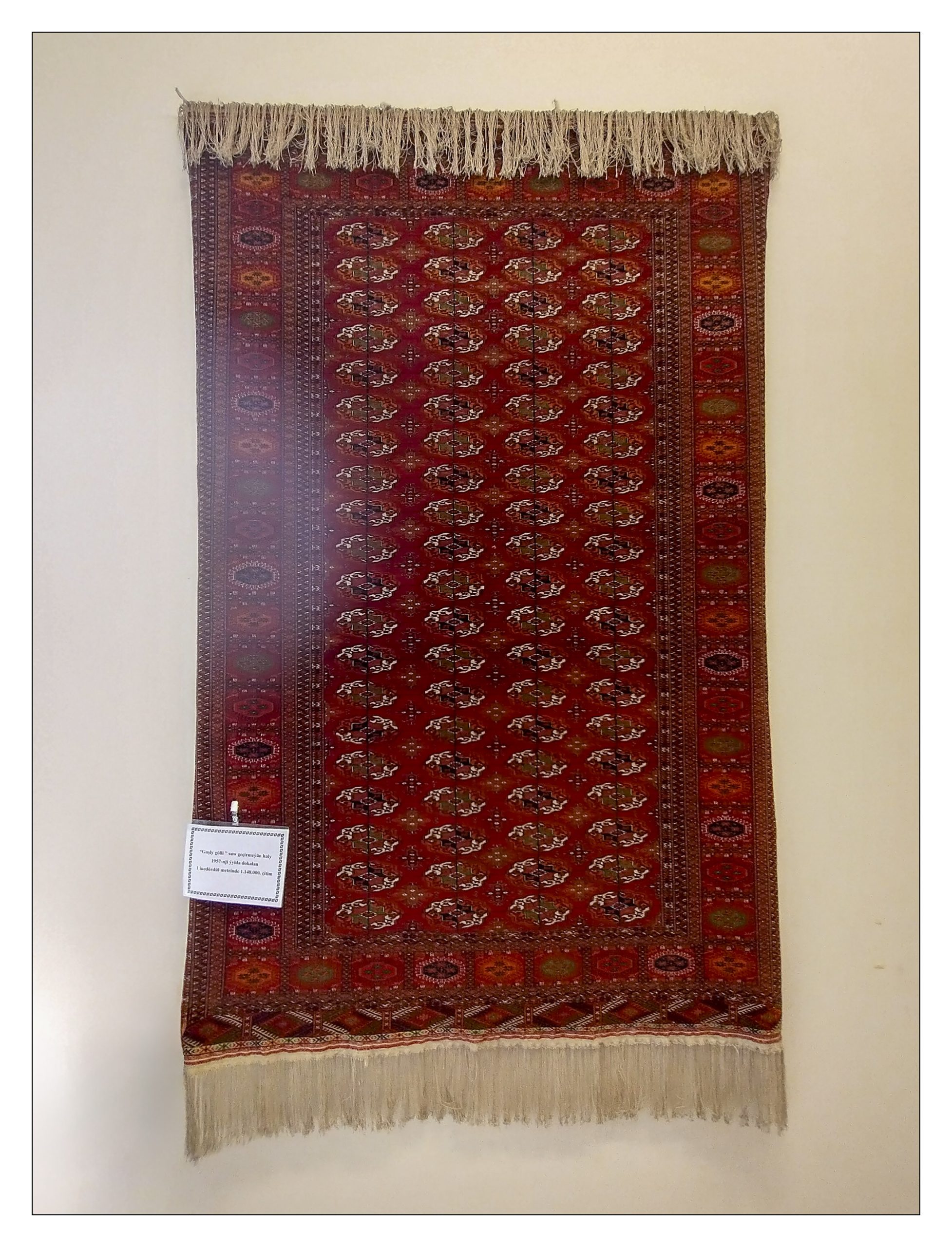
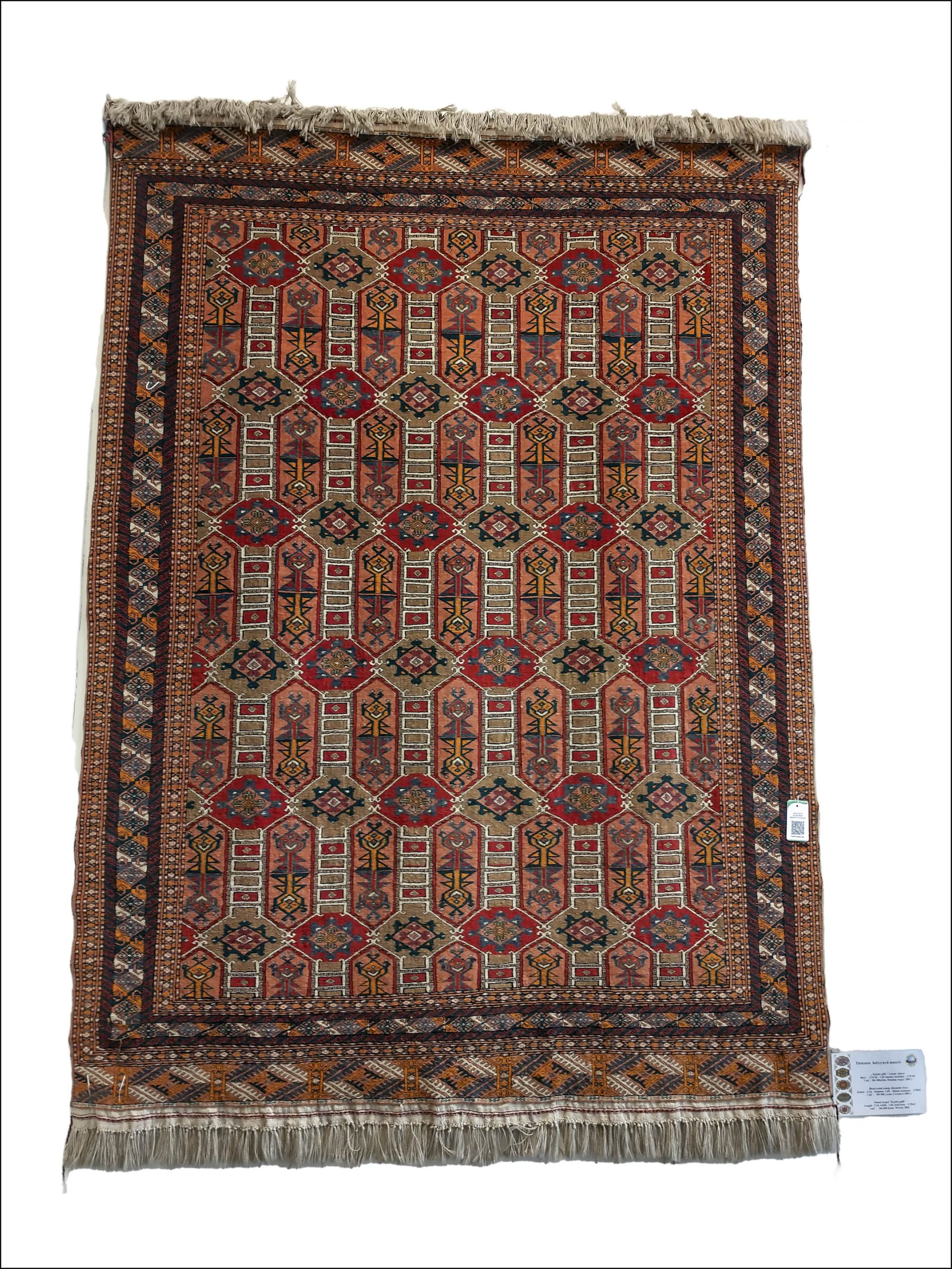
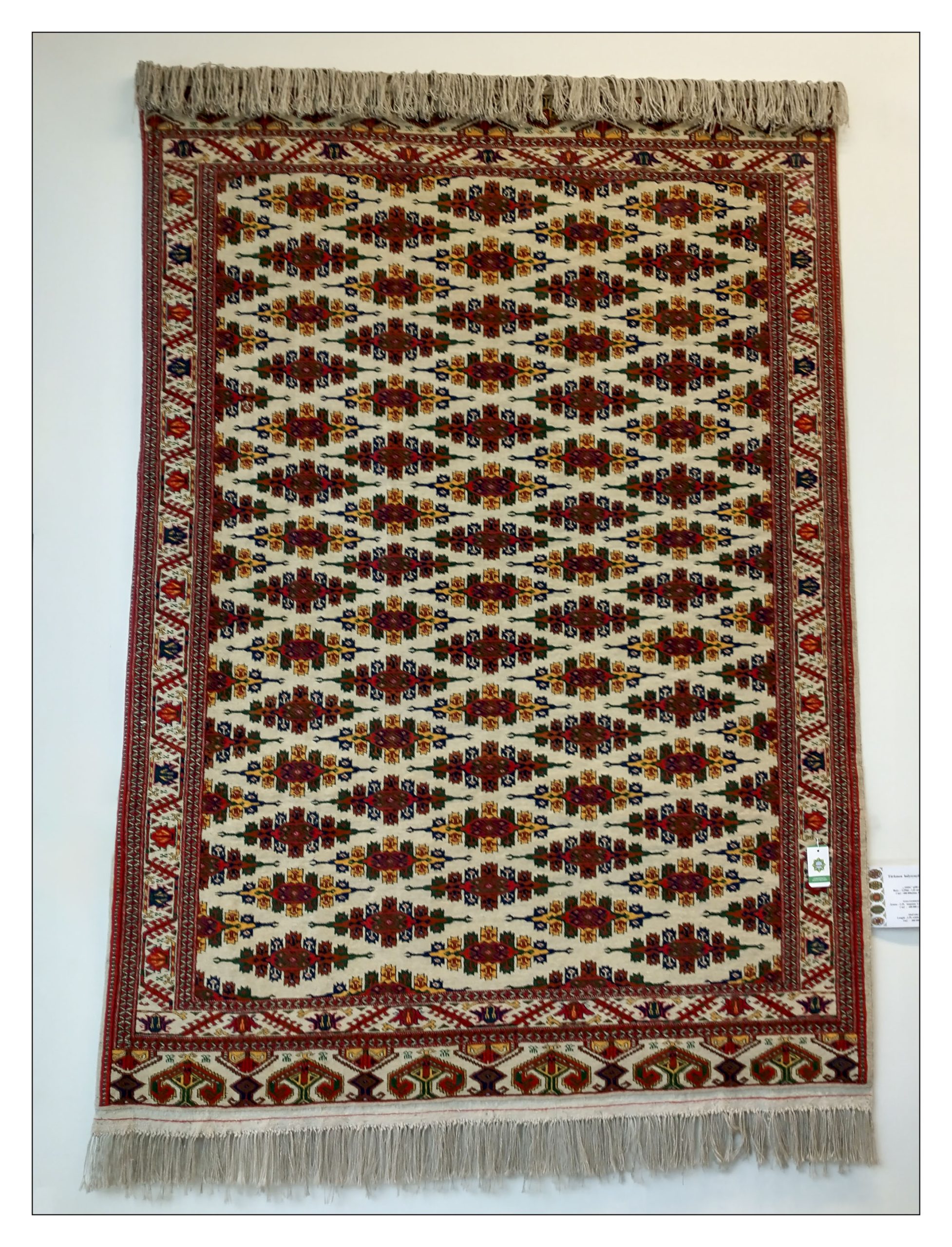
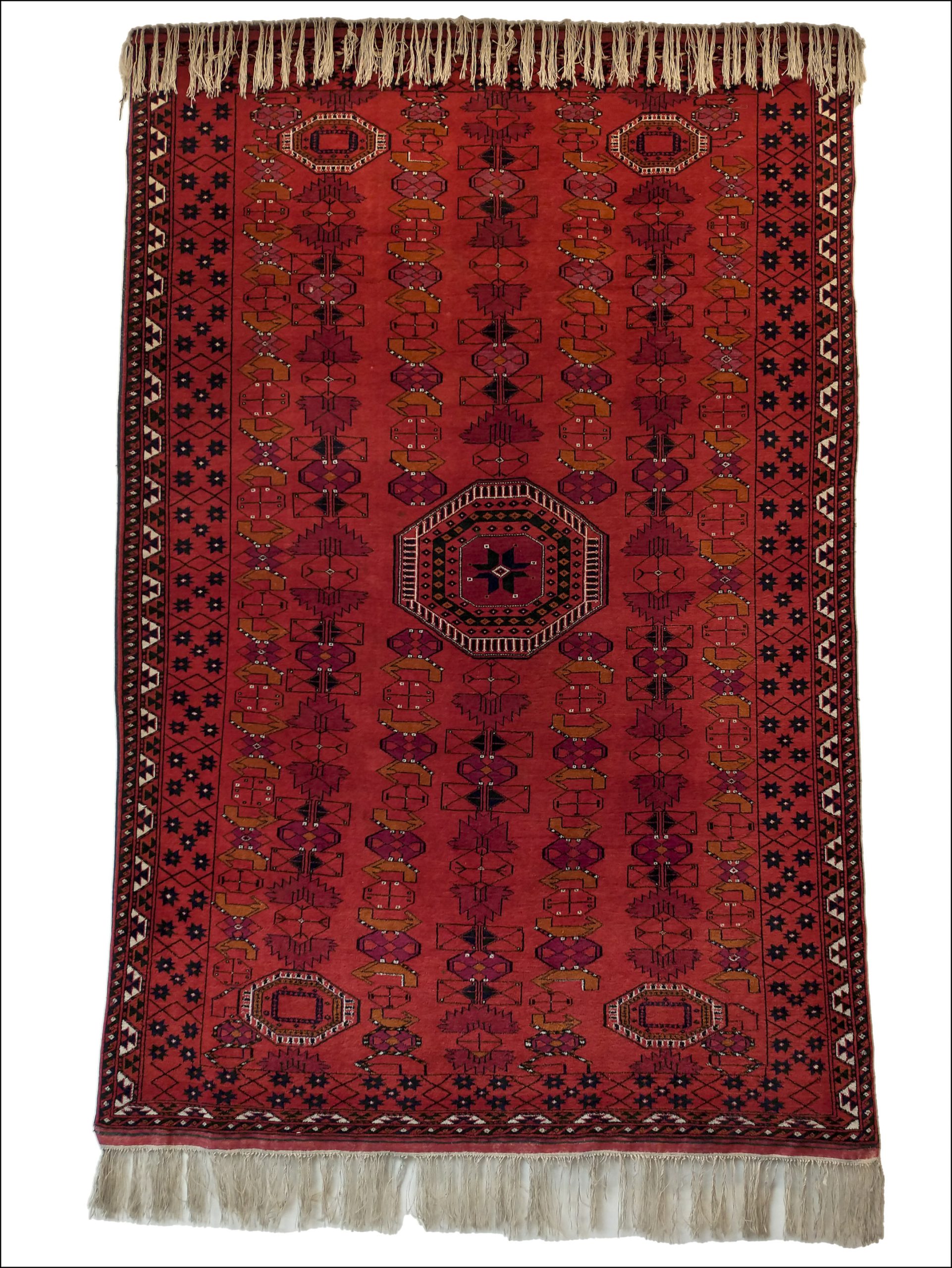
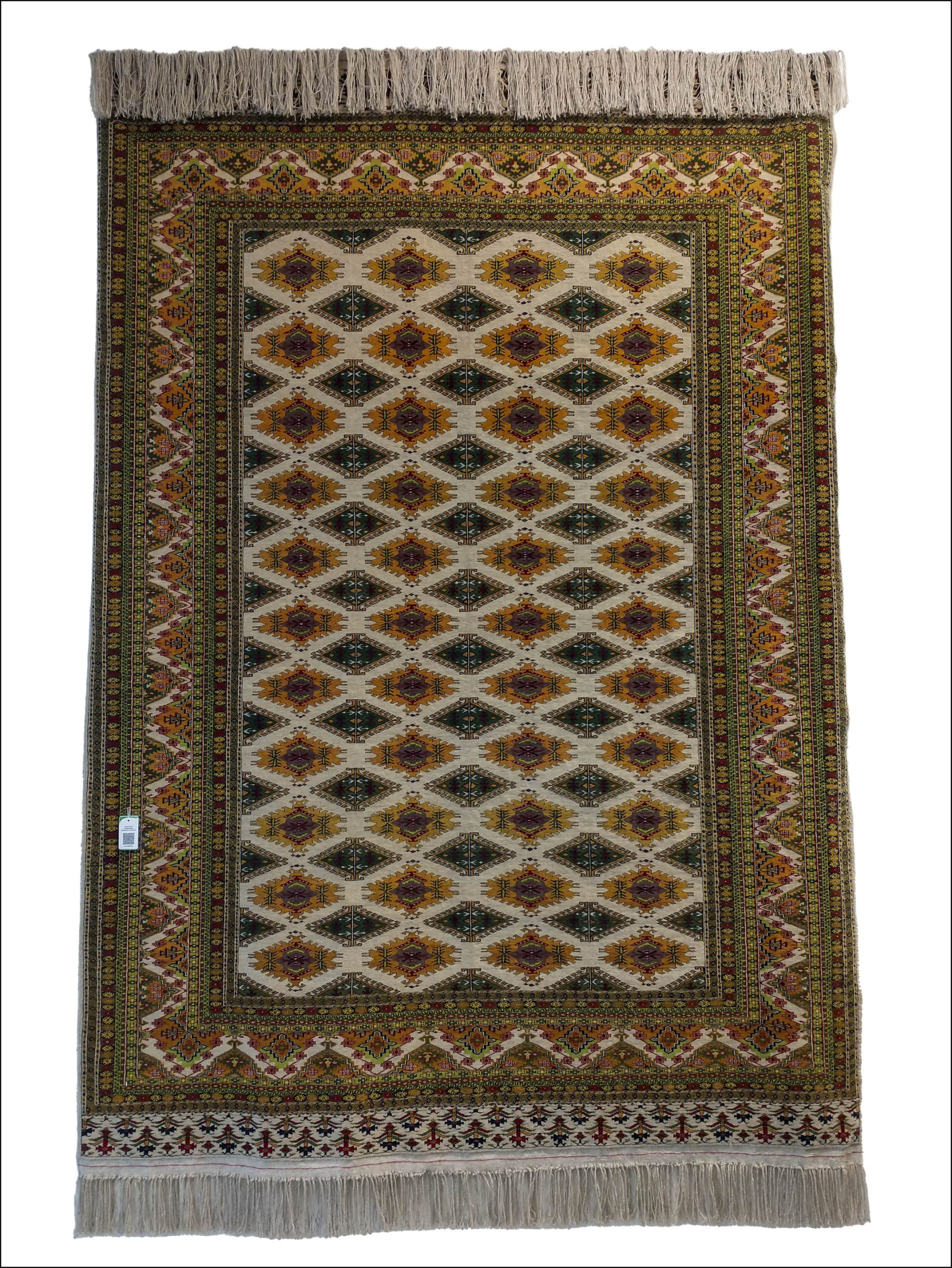
You are welcome to share a link to this page with others.
As always, all comments are welcome and sought.
Cheers, Sean
My note on privacy can be found under the “About” menu item, and if you would like to subscribe to this blog please enter your email.
.
All rights for all material on any media reserved – © Sean P Drysdale 2017-2025
I once spoke with a person who had travelled to some place where hand knotted rugs were a thing. They also had centuries of practice selling such rugs to wealthy foreigners. He loved looking at the rugs and appreciating the skills involved. However he had made it a very firm rule that he was not going to buy a rug, and would say so right up front. He left his cards in the hotel, and brought only enough cash to buy lunch. His buddy had to do an intervention to keep him from buying a rug.
5. The idea of a double sided rug seems a little counter intuitive. I’m guessing that when one side shows wear one flips it over. Or perhaps it’s used as a room divider.
6, That is one huge rug! I wonder how they keep it from stretching.
The rugs are beautiful.
No complaints about the postings of the Stans as far as Judy and I are concerned but I guess we have a vested interest. In fact we would like even more. You are helping us relive that wonderful trip by reminding us of our time with you and our small group and the interaction we had with the local folk, most of which was good and enlightening. There was certainly a little more than a whiff of Soviet life but the people in general were friendly and welcoming when politely approached and seemed quite happy to allow their photo to be taken, in fact more often than not a request for a photo turned into a group photo with us as we became the curiosity ( that is unless they were wearing a uniform ).
Thank you Daryl for visiting, commenting and the feedback. I am glad that you and Judy are still enjoying this series.